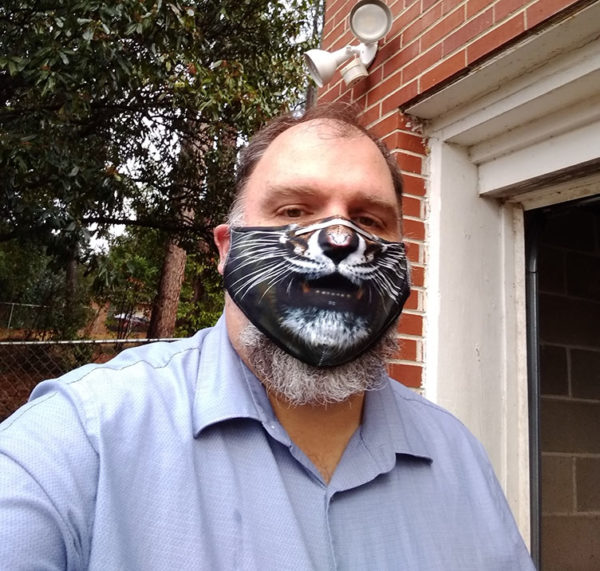Artsjournal.com linked to a story about Oakland Symphony’s tradition of social justice in the experiences and programs it has offered. One of the things that popped out at me though was in line with my post yesterday about learning more about the emotional associations people had with classical music.
Hatano, the Oakland symphony’s executive director, said that she gets goosebumps thinking about one of Huerta’s choices for the Playlist series, George Gershwin’s Rhapsody in Blue. Huerta recalled listening to the piece on record as a child. Later, when she protested with grape farmers in New York as an adult, she heard the piece playing in the back of her mind, like a heroic soundtrack for her day.
This stuck out to me because most of the time when people talk about why they enjoy classical music, it tends toward relaxing and sublime imagery like the example given yesterday about sitting in a chair by the lake.
However, Huerta talks about “Rhapsody in Blue” in the context of a heroic theme for a labor protest. And really, that is sort the way a large segment of the population has experienced classical music–as the soundtrack for movies. The most recognizable and memorable are likely those that accompany moments of high energy and dramatic tension whether it is Carl Orff’s “O Fortuna,” anything by Wagner and Beethoven “Symphony No. 5” for movies with explosions and high stakes encounters with villains; or everything that Carl Stalling put in Looney Tune cartoons.
While there are often efforts to remind people that they are familiar with all this music already, if only on a subliminal level, thanks to movie and television scores, I don’t know that I have ever heard anyone say it pops into their head as background theme for their daily lives.
It made me think that if you can find people who can talk about having that experience, it might create a stronger positive association with classical music with people. Since we are all the heroes of our own stories to some extent, recognizing that the music under girding the most dramatic and exciting movie moments could also be appropriate for scoring your personal narrative might improve the perceived accessibility of the genre.
In the last few years of posting, I have often talked about how surveys have revealed that people want to see themselves and their stories depicted on stage. Reflecting the stories of the community on stage may not be the easiest thing for 80 orchestra musicians to accomplish. However, if people begin thinking of classical music concerts as a place where music that has a resonance with the events of their lives, that may make a big difference.
To be clear, people already obviously use music in this way. Pretty much everyone has blasted music that energizes them when they are getting ready to go out and strut their stuff.
But if you have people saying that “Ride of the Valkyries” or “Tales from the Vienna Woods,” depending on the conditions, was running through their minds as they deftly navigated a busy subway station in order to get to work on time, that reframes a daily routine as a bit more magical and special.
Drawing a connection between music with which people are widely, if not unconsciously aware of, and the mundane moments of their lives may help make the genre feel more relatable and accessible than it had before.



Thanks for what you are doing to bring cultural change to the arts. It is so important to represent everyone.…